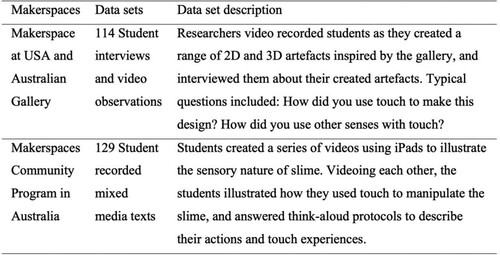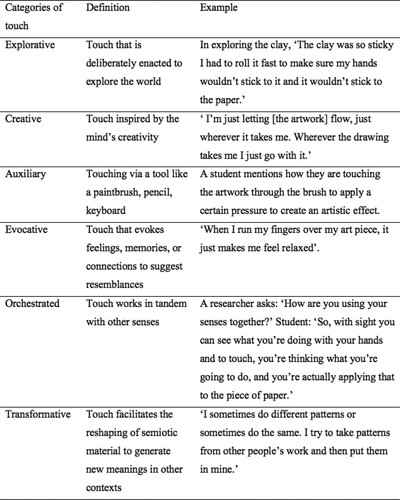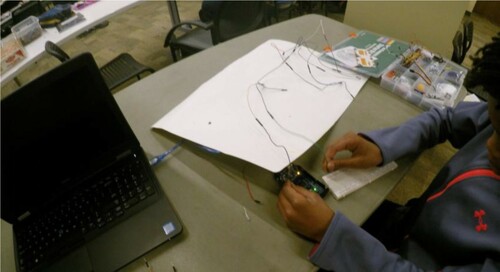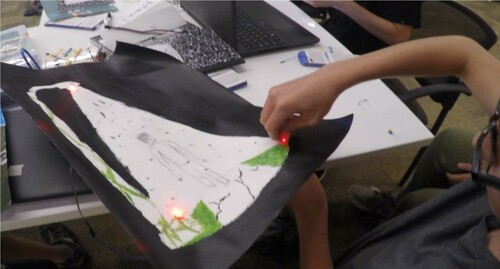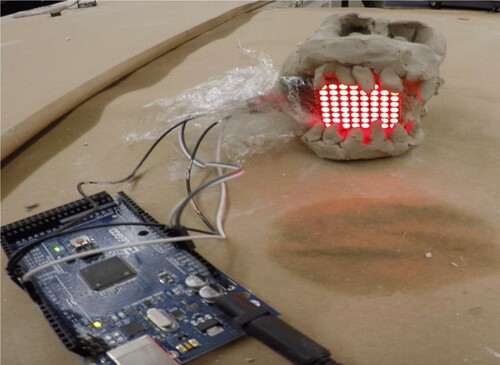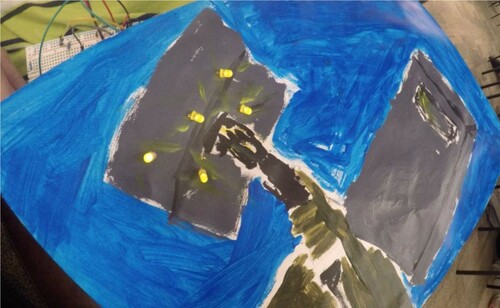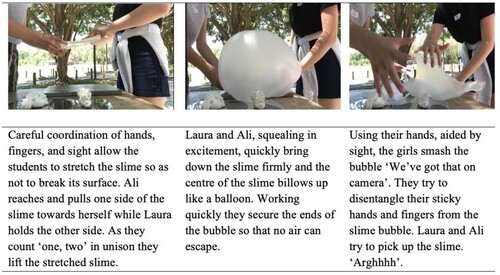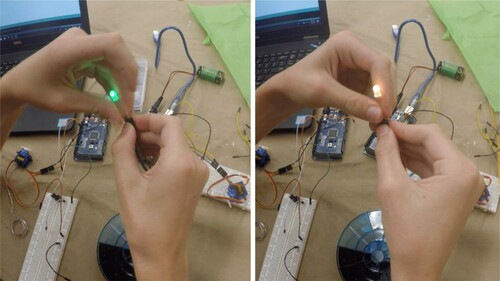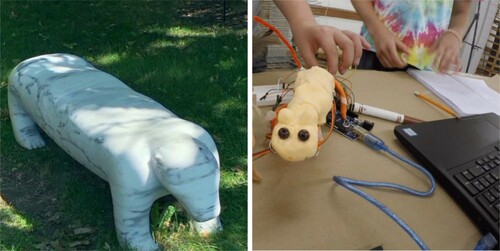Learning, Media and Technology
Volume 46, 2021 - Issue 4
Open access
2,127
Views
4
CrossRef citations to date
0
Altmetric
Articles
Towards a typology of touch in multisensory makerspaces
Lesley FriendInstitute for Learning Sciences & Teacher Education, Australian Catholic University Brisbane Campus, Brisbane CBD, Qld, AustraliaCorrespondence[email protected]
 https://orcid.org/0000-0003-4181-568XView further author information
https://orcid.org/0000-0003-4181-568XView further author information
Kathy A. MillsInstitute for Learning Sciences & Teacher Education, Australian Catholic University Brisbane Campus, Brisbane CBD, Qld, Australia https://orcid.org/0000-0003-1140-3545View further author information
https://orcid.org/0000-0003-1140-3545View further author information
Pages 465-482
|
Received 15 Sep 2020, Accepted 04 May 2021, Published online: 17 May 2021
Related research
People also read lists articles that other readers of this article have read.
Recommended articles lists articles that we recommend and is powered by our AI driven recommendation engine.
Cited by lists all citing articles based on Crossref citations.
Articles with the Crossref icon will open in a new tab.



